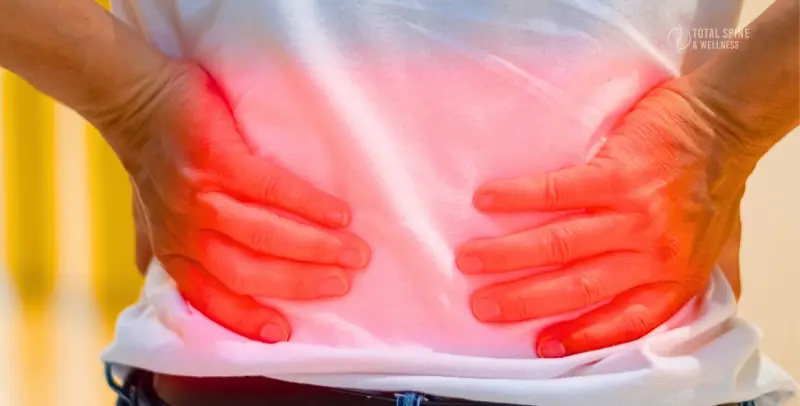Disc Regeneration at Total Spine Wellness
- abdallahslem064
- Jun 30
- 2 min read
Disc Regeneration is a minimally invasive treatment approach aimed at restoring the function of spinal discs affected by age, injury, or degeneration. Unlike surgery, which removes or fuses damaged discs, disc regeneration stimulates natural healing and helps patients avoid more invasive procedures.
What Is Disc Regeneration?
Intervertebral discs act as cushions between spinal vertebrae. Over time, these discs can lose hydration, become thinner, or develop cracks — leading to chronic back pain, stiffness, or nerve compression.
Disc regeneration involves the use of regenerative medicine — typically biologic injections such as platelet-rich plasma (PRP), bone marrow aspirate concentrate (BMAC), or stem cells — to restore disc integrity, reduce inflammation, and encourage tissue repair.
Who Can Benefit?
Disc regeneration is best suited for individuals with:
Mild to moderate degenerative disc disease (DDD)
Chronic back pain without structural instability
Early-stage disc dehydration or discogenic pain
Limited response to physical therapy or medications
It’s not typically used for severe disc collapse or spinal stenosis that requires surgical decompression.

Treatment Options
Several biologic approaches can be used in disc regeneration:
PRP Therapy: Concentrated platelets extracted from the patient’s own blood to stimulate healing within the disc space.
Stem Cell Therapy: Stem cells derived from bone marrow or adipose tissue are injected into the disc to support repair and cell regeneration.
BMAC Therapy: Bone marrow is collected, concentrated, and re-injected into the spine to deliver stem cells and growth factors.
Key Benefits
Avoids surgery and long recovery times
Promotes natural healing of disc tissue
Can delay or eliminate the need for spinal fusion
Often performed as an outpatient procedure
Low risk of complications or infection
What to Expect During the Procedure
Most disc regeneration treatments are image-guided and performed under local anesthesia. The process typically takes less than an hour, and patients are able to return home the same day. Minor soreness may be experienced for 24–48 hours after the injection.
Recovery time varies. Most patients notice significant improvement in pain and function within 6–12 weeks, though full results can take several months.
Disc Regeneration vs. Spinal Fusion
Feature
Disc Regeneration
Spinal Fusion
Invasiveness
Minimally invasive
Major surgery
Recovery Time
Weeks
Months
Goal
Tissue healing
Segment immobilization
Flexibility
Preserved
Lost
Risk
Low
Moderate to high

Is It Covered by Insurance?
Most regenerative treatments are still considered elective or experimental by insurers, meaning patients may have to pay out-of-pocket. However, clinics often offer packages or financing options to make the procedures more accessible.

Comments